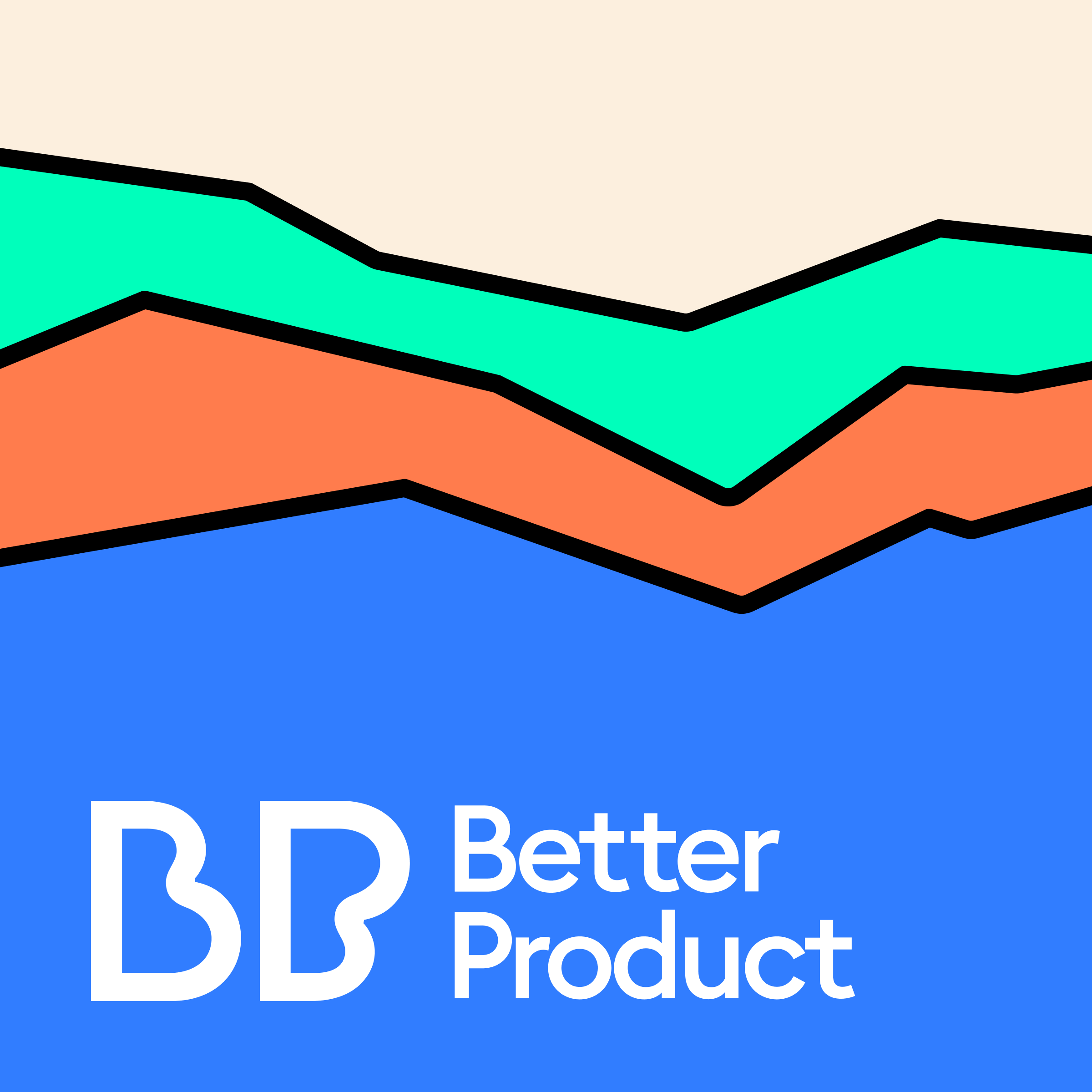
What Platform Strategy Can Teach Us About Product

Some of the most popular digital products today, including the world-recognized FAANG stocks, are platforms. They are spaces that facilitate communication, connection, or a specific activity core to your lifestyle or business—and in almost every case, platforms have succeeded so much because they’ve monetized the interactions that happen on them. It’s because of this achievement that many in product strive for the platform model, in what Jonathan Knee describes as “the platform delusion.” To win in product, you actually don’t need a platform; instead, Christian & Meghan explain, you can learn from the way platform leaders think, and apply those lessons to your own product vision.
Want to add your own take? Write a note or record a voice memo, and send it to erica.irish@innovatemap.com to join the conversation.
Follow us on LinkedIn and Twitter to see the latest in Better Product, a show part of the Better Product Community powered by Innovatemap. The community is the connection point for product leaders & practitioners to learn and share what it takes to design, build, market, and sell better products. Learn more at betterproduct.community.
Takeaways
- All platforms are products, but not every product should be a platform.
- Three core lessons from platforms to apply to your product:
- Platforms excel at brand & PMM; they leverage FOMO and blur the line between marketing and features.
- Platforms make strategic decisions about new features.
- Platforms use great UX design to create, then enhance, experiences.
Things To Listen For
- [0:30] Christian’s Startups To Watch newsletter and how it inspired this episode
- [1:00] A summary of Jonathan Knee’s book, “The Platform Delusion”
- [3:00] Too many tech leaders see platforms as the “end all, be all”—without recognizing everything that it takes to build them
- [6:00] Platforms think about product differently from most products
- [6:30] How we define platforms: “products that facilitate communication, connection, or some kind of activity that you make part of your lifestyle”
- [7:30] The platform types that meet our definition, from Spotify to Salesforce
- [8:30] Examining consumer-oriented vs. B2B-oriented platforms, like Twilio
- [12:00] How platforms approach product differently, from three perspectives:
- Brand & PMM
- Product Management
- UX Design
- [15:00] Platforms tend to blur the line between features and marketing campaigns
- [18:30] “The buyer of B2B software is still a consumer”
- [19:00] A quick detour to our previous discussion on category creation



